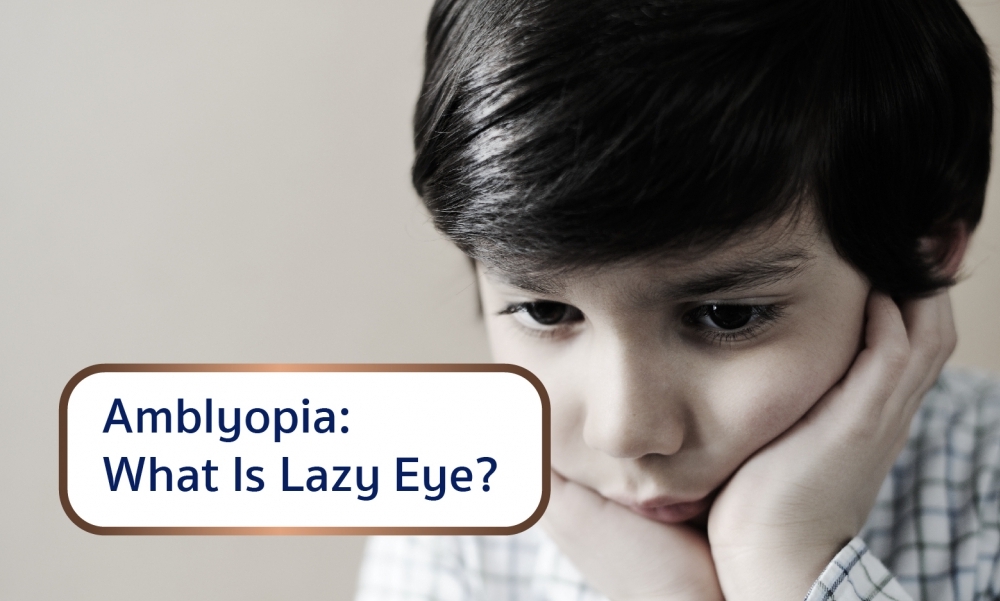Amblyopia is when vision in one or both eyes does not develop properly during childhood. It is sometimes called lazy eye. Amblyopia is a common problem in babies and young children.
A child’s vision develops in the first few years of life. It is important to diagnose and treat amblyopia as early as possible. Otherwise, a child with amblyopia will not develop normal, healthy vision.
What Is the Cause of Lazy Eye?
Amblyopia can develop from other eye and vision problems. Here are some conditions that may cause amblyopia in a child.
Strabismus
Strabismus is when the eyes point in two different directions. One eye may be focused straight ahead while the other turns in, out, up, or down. To avoid seeing double, the child's brain may ignore the image from the eye that is not focused straight ahead. But this can keep that eye from developing properly.
Refractive errors
Having a refractive error means being nearsighted, farsighted, or having astigmatism (distorted or blurry vision). A child may have a refractive error that is worse in one eye. That eye can "turn off," and vision will not develop properly. This can be difficult to tell since the child's vision seems fine when using both eyes.
Cloudiness in the normally clear parts of the eye
Some children are born with a cataract, where the eye's normally clear lens is cloudy. This can keep vision from developing properly in that eye.
Droopy eyelid
Ptosis, or a droopy eyelid, can block vision in a child’s developing eye and lead to amblyopia.
Article from American Academy of Ophthalmology
 02-056-3333
02-056-3333





